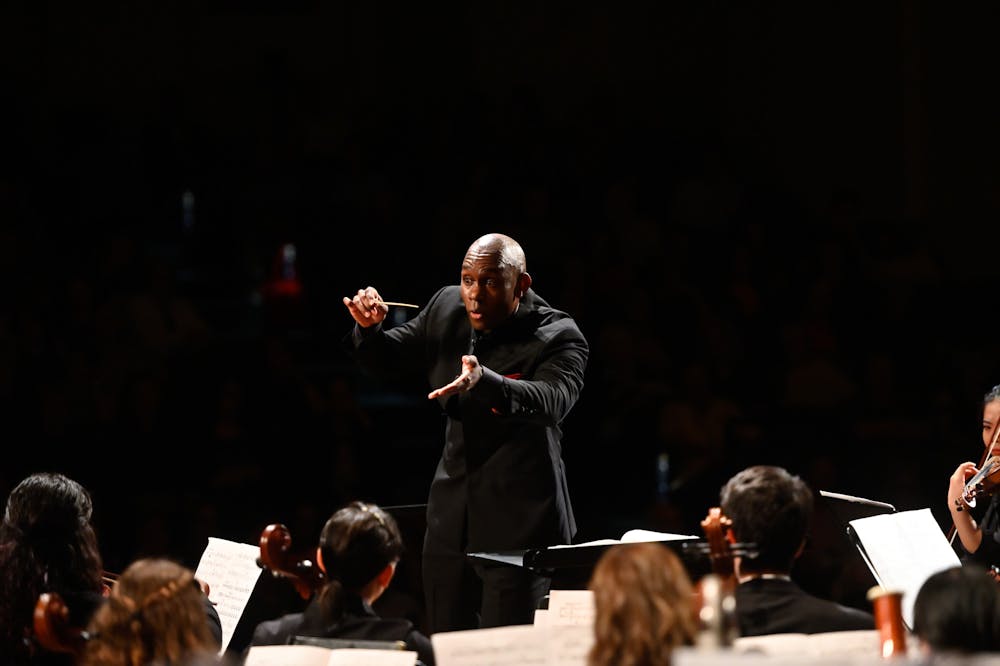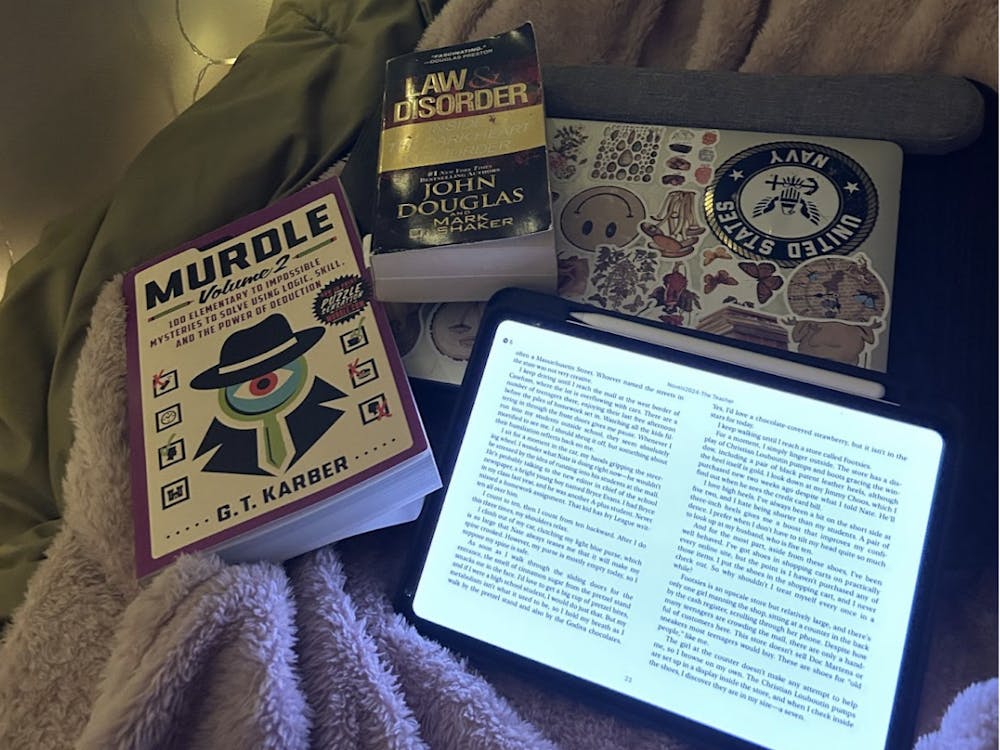On Sept. 23 the Peabody Symphony Orchestra (PSO) held its first concert of the academic year. Though held with free admission at the Miriam A. Friedberg Concert Hall, I had the pleasure of being able to watch it online through a live broadcast. Included in the program were the following pieces: “Pulse” by Brian Nabors, “Totenfeier” by Gustav Mahler and “Symphony No. 2” by Louise Farrenc. The pieces were all conducted by Joseph Young.
To address the obvious: yes, the PSO was incredible. In full transparency, I did not know what to expect from this performance. On one hand, I was aware of the Peabody Institute’s reputation as one of the best conservatories in the U.S., but my previous experiences with orchestral concerts had been limited to middle school and high school concerts. And dare I say, there is quite a difference between the two.
As a former orchestra kid, the skill I observed from the string, percussion, woodwind and brass players (and the sole piano player) was unlike anything I had ever seen before. This level of talent and performance gave me the opportunity to listen to the structure of the compositions without being bothered by one person being out of tune or a bow set in the wrong direction.
Here’s the rundown:
By far my favorite, “Pulse” by Brian Nabors was not only coherent and amusing, but, as I listened to it, I couldn’t help but feel like I was part of the story it was trying to tell. It was exciting and refreshing with its use of staccato underlined with whimsical notes and melodies from the percussion. This combination made me feel like I was in a movie, where the music was helping to lead me through the story.
It does what not many other pieces can do: give equal spotlight to the percussion and bass instruments. They play an active and vital role in the main melody of the piece, the novelty of which makes it even sweeter to hear.
My only critique of the piece would be at its very end, when the orchestra performs a series of continuous notes that descend and ascend up the scale. These runs felt out of place with the rest of the music since the piece was largely snappy and swiftly played, while these notes felt lagged and unwarranted.
“Totenfeier” by Gustav Mahler followed soon after. Bluntly put, this piece didn’t know what it wanted to be. There was no continuous narrative. After a few minutes of confusion, you realized there was nothing much more to it than just random notes combined. It felt like a conversation whose theme and topic were scrambled and jumbled.
This is especially highlighted when the cellos take rests in the middle of the composition at seemingly random times. Instead of what seemed like an intended stylistic choice to make the audience want more, it felt disorderly and awkward. Like other compositions, it changed in theme, but it never led a solid line between all of them — it went back and forth between themes when it decided it wanted to, creating a lack of connection between the piece and the audience.
At last, “Symphony No. 2” by Louise Farrenc was played after a long break to rearrange the stage. It’s a classic, the stuff that Beethoven and Bach’s pieces were made of. Everything made sense, everything connected, and a story was told. I felt like I was allowed to wander inside my mind, feeling what the notes were trying to teach me.
The piece takes breaks where the entire orchestra rests, creating a sense of quiet and yearning. But it doesn’t feel inappropriate. It puts you on the edge of your seat, keeping you waiting to see what will be played next and what type of grand return the symphony will make.
Nothing apart from the few stylistic breaks sets it apart from other classical pieces. It allows for the symphony to highlight their skills, showing off their use of staccato, spiccato and more. And, although the concert literally ended on a low note, the piece's technical challenges allowed the orchestra to end the performance on a high note.
Overall, this was a fantastic performance by the Peabody Symphony Orchestra, showing its tremendous talent and incomparable value to our community.





